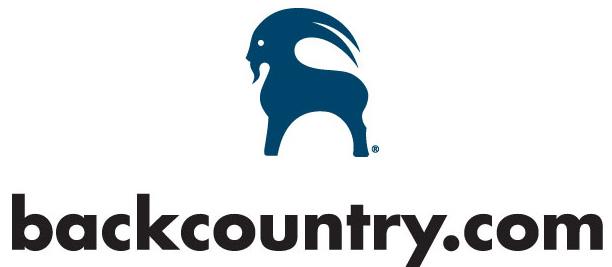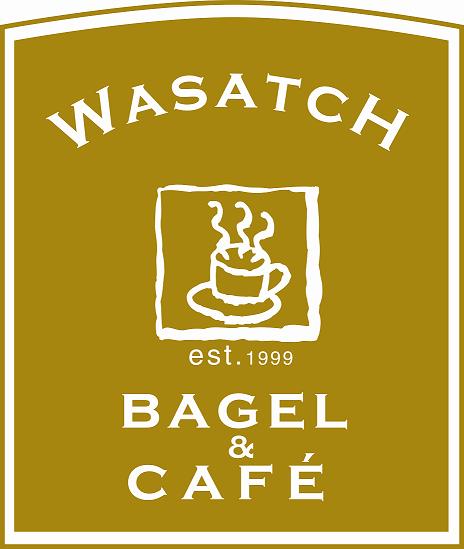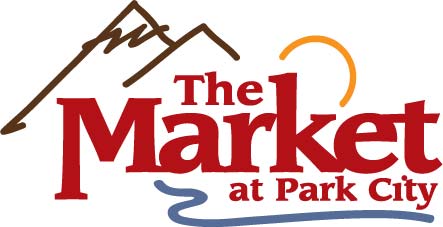
Contact Arts-Kids at: info@arts-kids.org or 435-615-7878
Expression as Empowerment
By Jessica Ravitz
Date: December 13, 2008
Publication: Salt Lake Tribune
Program uses the arts to help Ute kids and teens open up in creative ways.
Whiterocks Even shielded by the pristine grounds of St. Elizabeth’s Episcopal Church, marked by 2well-kept lawns and whitewashed building, this community’s needs cream out for attention through stories about its kids and teens.
Here, on the Uintah and Ouray Indian Reservation, the Northeastern Utah home to the Northern Ute tribe, the struggles are otherworldly in magnitude. Unemployment reportedly reaches as high as 70 percent. School dropout rates have been known to reach 85 percent. Factor in through-the-roof poverty, ongoing social ills such as racism, not to mention disprop9ortional and debilitating health issues including diabetes and alcoholism, and it’s no wonder senseless deaths-suicides or otherwise-run rampant in these parts, too.
“It’s pretty painful to bury a 23-year-old [who died] of cirrhosis of the liver,” the Rev. Suzanne “Sue” Duffield said last week, her eyes welling. “I did that three months ago.”
To help youth, and the community at large, a top of mind goal for the 66-year-old priest has been to find ways to empower others. That’s been no easy task, given that she has no staff, unless you count her husband, James.
But thanks to a partnership St. Elizabeth’s now has with St. Luke’s Episcopal Church in Park City, Duffield connected with Pat Drewry Sanger, a St. Luke’s member, clinical psychologist and founder of Arts-Kids, Inc., a program that uses expressive arts and facilitators to help children connect, form a community and achieve personal growth. For10 weeks every Wednesday, starting in October, two groups-dubbed Arts-Kids and Arts-Teens-have been gathering in the parish hall for the program. Dec. 14, during a special service at St. Elizabeth’s, the participants will showcase what they’ve created.
The younger group, starting at age 7, chomped on healthy snacks laid out for them or darted around outside before gathering for “circle time.” Passing around their decorated “talking stick,” the kids followed the drill to which they’d become accustomed, paring their names with animals (such as “My name is Yasmine, the yak”), sharing their highs and lows, and offering up their intentions for the day-for example, to listen well, learn something new, help someone else or have fun.
They own names that represent the worlds they straddle. There was Marley-“as in Bob Marley,” she explained with a smile sitting not far from another girl whose name-tag read “Eagle Plume.”
Most shared highs saying they were happy to be there, and the lows were the universal lows of children-gripes about homework, for instance. But that hasn’t always been the case, Sanger said later. One of two girls who have lost their mothers shared lows of not having a mom anymore. Getting kids to feel safe and open up, in creative ways, is a cornerstone of the program.
As they gathered around a table with a visiting artist to work on their butterfly mobiles, they escaped amid the bright colors.
One girl’s hair moved because it was so full of lice. Another child, who managed to share some giggles with others, had a brother recently hang himself in the family trailer. A couple of young ones carried a sadness usually reserved for people who’ve lived and suffered years longer.
Between the kids and teen sessions, the program offers up a hearty meal prepared by women from the reservation. For some program participants, it might be the only square meal of the day.
The teens sauntered in with attitude. Many were more connected to their MP3 players than they were to each other. The laughed, during circle time, about “the lows.” Two girls had been kicked out of school. One boy prepared for a court date for a recent fight. Another, who boasted later that he didn’t know how to read, spent part of the day in the principal’s office. Meantime, a girl flipped through a pamphlet about meth.
This group had created at the beginning of the program flags, no posted on a bulletin board, to represent who they are. At least one included gang symbols.
As they gathered around a table with their looms to do beading, few focused or managed to do much of anything.
Success, however, cannot be measured by numbers-participants or projects completed-Sanger said. The mere fact that these kids come back each week some traveling as far as 50 miles, is a success.
Emmy Cesspooch, 25, worked the room as a facilitator, egging on conversations and trying to keep the kids focused. She said that by “being a part of something,” and tapping into their creativity, the kids are gaining “insight into what they have inside.”
And she relates to them, well. She knows they need things to do in the evening, reasons to stay out of trouble or, in some cases, away from dysfunctional homes. By giving them a place to be at least once a week, she and the other adults committed to the program hope to inspire change.
“I can connect with them because I was there once,” said Cesspooch, who grew up in Whiterocks, left to earn a degree from Stevens-Henager College in Salt Lake City, and has now returned. “You can’t let people, your environment, get you down:”
Arts-Kids would like to thank the following sponsors |
|
This jQuery slider was created with the free EasyRotator software from DWUser.com.
Need a powerful Flash slideshow creator with built-in iPhone/iPad/Android support? EasyRotator is supported by the XML Flash Slideshow v4 Software. OK |
| |
sitemap | contact us | resources | donate | volunteer | resources copyright © 2014 Arts-Kids, all rights reserved |













